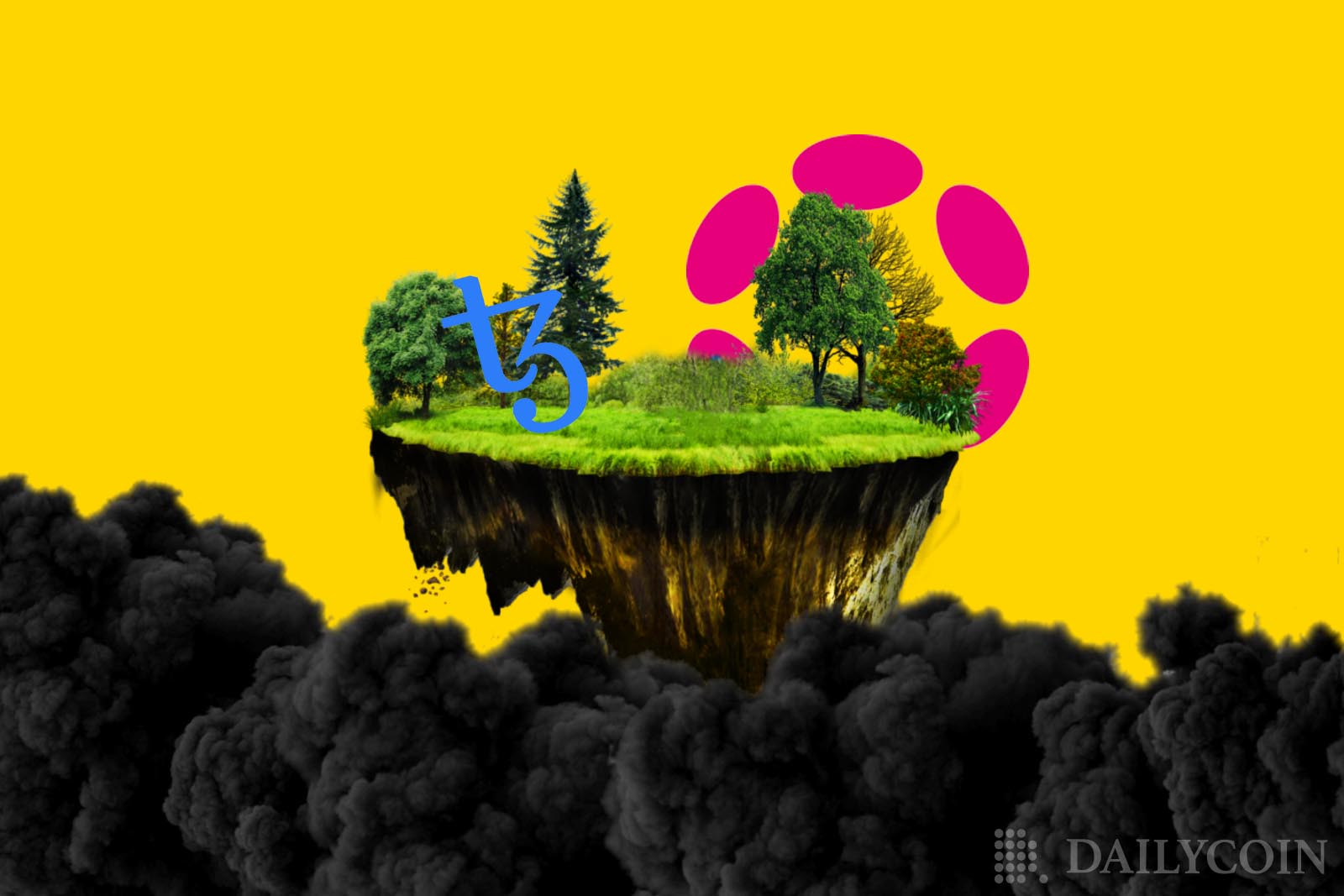
Have you ever wondered how green is your favorite blockchain? It might seem like a strange question, but the environmental footprint of crypto networks is increasingly under the spotlight.
To blockchain’s detractors, it’s another way to find fault with crypto, while to crypto supporters, it’s a means of extolling the virtues of their preferred chain. And then there are the billions of web users who do care about environmental issues and have yet to try crypto.
Sponsored
In a bid to answer the question, and to highlight the measures layer-1 blockchains are taking to offset their carbon consumption, Messari commissioned a report on “Regenerative Finance”. The document compares the energy footprint of the currently leading Proof of Work and Proof of Stake blockchains.
While it will come as no surprise to learn that PoW consumes a lot more energy than PoS, the ranking of the Proof of Stake chains makes for interesting reading.
Polkadot and Tezos Get Pass Marks
“Through drastic programming overhauls and funding carbon offset projects,” Messari explains, “protocols are actively breaking down the stigma that crypto is harming the planet.”
The thirstiest blockchain network in the world is also the most secure, which should be expected. Bitcoin’s consensus is unmatched for transaction finality, but all of this computation comes at a price: the BTC network consumes as much energy as the country of Argentina annually.
Sponsored
Ethereum fares better, despite still being a PoW chain, but it has multiples behind all of the PoS chains profiled. Of these, the best in test was Polkadot and Tezos at 0.1 GWh each, with Solana being the worst of the five PoS chains tested. It should be noted that a blockchain’s carbon footprint isn’t constrained to the energy its consensus mechanism uses: this can be further reduced through carbon offsetting, a practice that corporations and now some blockchains are actively pursuing.
Leaner, Greener
The famous blockchain trilemma, as proposed by Vitalik Buterin, is scalability, security, and decentralization. To this can be added a fourth condition: energy. The lower the power consumption of the chain, the more palatable it is to the masses. All of the Proof of Stake chains profiled by Messari, from Avalanche to Algorand, are quick to highlight their environmentally friendly design, particularly when compared to Proof of Work.
Interesting as it is to profile the efficiency of blockchain networks, what users really want is valuable applications and reliable performance. On this front, Polkadot and Tezos have also been going strong. Polkadot recently introduced its own version of Wrapped Bitcoin in the form of iBTC. The token was developed by decentralized stablecoin network Interlay. Meanwhile,Tezos announced a monster 1 million TPS upgrade to its network at the TezDev conference.